MULTISENSORY ROBOTIC SYSTEM WITH DUAL MANIPULATION FOR HUMAN-ROBOT ASSISTANCE TASKS
- Reference: DPI2015-68087-R
- Principal investigator: Jorge Pomares Baeza, Pablo Gil Vázquez
- Research Centers: University of Alicante
- Duration: January 1st, 2016 – December 31th, 2018
- Financial Entity: Ministerio de Economía y Competitividad
- Funding: 150.000 €
The objectives achieved by the project were the following:
- Proposal of new approaches for a vision system able to capture 3D and thermal information to detect human gestures and intention of movement.
- Integration of vision, tactile and force algorithms to manipulate unknown objects in unstructured environments such as the household.
- Research on visual servo controllers for positioning robots to manipulate unknown objects, when the desired image is also unknown.
- Development of dual manipulation techniques for unknown objects using a multisensory system.
- Research on human-robot interaction: safe strategies and human-robot collaborative tasks.
Some facts in Numbers
10
JCR Journals
5
International Conferences
7
National Conferences
4
PhD Thesis
Nowadays, robots and the capabilities of new robotic manipulation systems, like robotic hands, can be used in assistance applications to alleviate the needs arising from aging people or with the aim of improving the quality of life for people with mobility problems due to diseases, motor functional disability, etc. It is in this area where this project fits, having the purpose of serving for assistance in manipulation tasks to people who have some kind of motor disability, as welfare assistance in their daily tasks. For this, the design of a system composed of two robot arms with their respective robotic hand is done, to imitate the human manipulation mechanism.
In social robotic environments, like the one where this manipulation system is intended to be applied, the robot must be able to adapt to changing, dynamic and unstructured surroundings. It also has to be able to interact with humans. For this reason, a sensory system is included in the robotic manipulation system, based on vision, force and tactile information which allows to integrate in the robot the perception capability needed to manipulate unknown objects that are not previously modeled.
Research has been focused in new vision systems, visual control and dual manipulation systems that provide greater flexibility compared to existing manipulation systems. In addition, the presence of humans is considered, with the dual aim of ensuring their security and adapting the control and manipulation strategies depending on the activity being carried out. Specifically, a structure acting as a torso has been developed. This structure supports two robotic arms, and their respective robot hands located at its ends. In this torso, a multisensory system is used, which is composed by RGBD and thermographic cameras, and force and tactile sensors. This system allows the robot to extract information from the environment where it is located.
3D Visual Data-Driven Spatiotemporal Deformations for Non-Rigid Object Grasping Using Robot Hands
Human Robotics Group - University of Alicante

Design and Control
of Robots
Advanced mechanical design of robotic devices and kinematic - dynamic control performance
Contact us
-
Human Robotics
UA Polytechnic School 3
Physics, Systems Engineering and Signal Theory Department
University of Alicante
Ctra San Vicente del Raspeig s/n
San vicente del Raspeig
03690 Alicante, Spain. -
(+34) 965 903 400 Ext. 1094
-
huro@ua.es
-
Week Days : 09:00 – 18:00
Saturday, Sunday : Holiday







